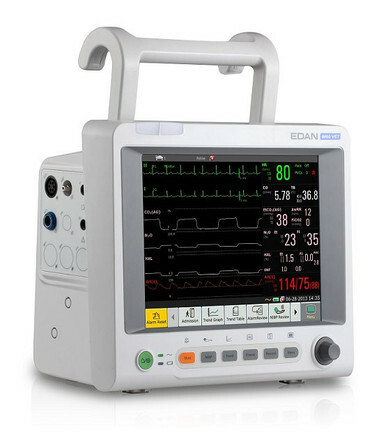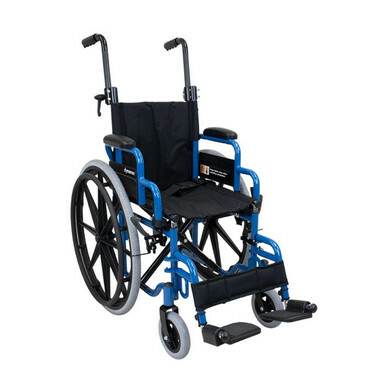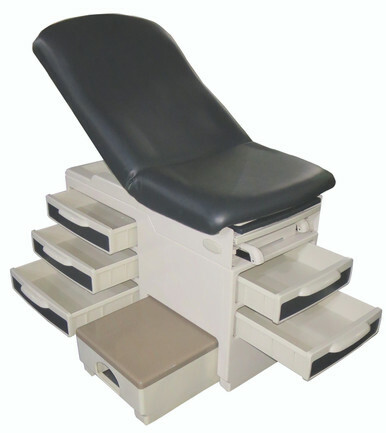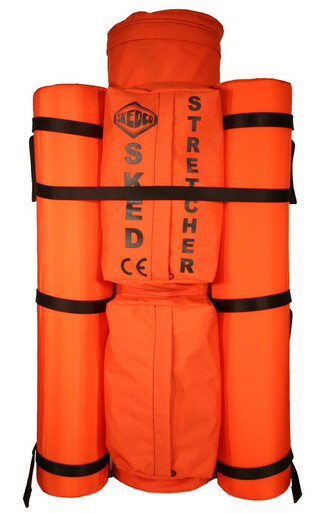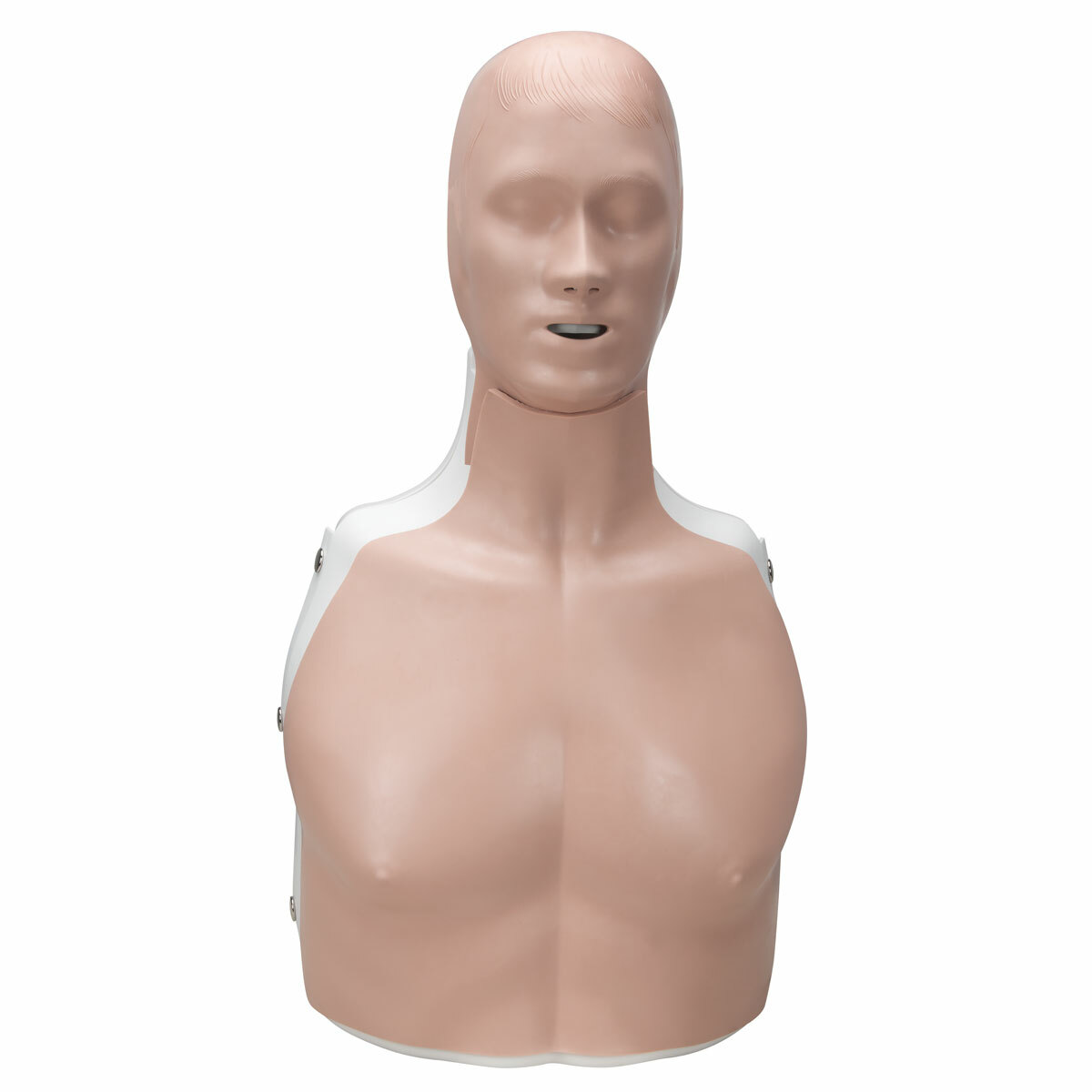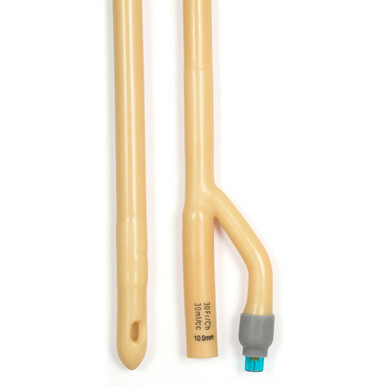Enhancing Emergency Care: The Importance of Neck Stabilizers for EMS
Posted by EMRN on 2nd Nov 2023
Emergency Medical Services (EMS) professionals play a crucial role in saving lives during medical emergencies and accidents. One of the most critical aspects of pre-hospital care is ensuring the safety and stability of a patient's cervical spine. This is where neck stabilizers, also known as cervical collars, become indispensable tools for EMS providers. In this blog post, we will explore the significance of neck stabilizers in EMS, their types, and how they aid in providing effective care.
The Role of Neck Stabilizers in EMS
EMS providers encounter a wide range of injuries and conditions, some of which may involve potential neck or spinal injuries. In such cases, the use of neck stabilizers is vital for several reasons:
- Preventing Further Injury: Neck stabilizers immobilize the cervical spine, preventing any additional movement that could worsen an existing injury. This is crucial in cases of suspected neck or spinal trauma.
- Pain Reduction: Stabilizing the neck can reduce pain and discomfort for the patient, especially if they have sustained a cervical spine injury. It also minimizes the risk of further complications.
- Minimizing Neurological Damage: Proper stabilization can help minimize potential damage to the spinal cord and associated nerves, ultimately preserving neurological function.
Types of Neck Stabilizers
EMS providers have a range of neck stabilizers at their disposal, each designed for specific situations. The common types include:
- Rigid Cervical Collars: These are made of firm, inflexible materials and are used when there is a strong suspicion of cervical spine injury. Rigid collars effectively immobilize the neck and come in various sizes to ensure a snug fit.
- Semi-Rigid Collars: These collars offer a bit more flexibility while still providing support. They are often used for patients who may not require complete immobilization or those with less severe injuries.
- Inflatable Collars: These are adjustable collars that can be inflated to provide a customized fit for the patient. They offer a balance between support and comfort.
- Extrication Collars: Designed for use in extrication scenarios, these collars often have quick-release mechanisms for easy removal during rescue operations.
The Proper Use of Neck Stabilizers
Ensuring that neck stabilizers are used correctly is crucial to their effectiveness. EMS providers should follow these guidelines:
- Assessment: Perform a thorough patient assessment to determine the need for a neck stabilizer. Suspected spinal injuries, altered mental status, and significant trauma are common indications.
- Sizing: Choose the appropriate size of the collar to ensure a secure fit without unnecessary pressure on the patient's neck.
- Application: Apply the collar carefully, aligning it with the midline of the patient's neck. Secure it snugly but not too tight, allowing for proper ventilation and minimizing discomfort.
- Monitoring: Continuously monitor the patient's condition and adjust the collar as needed to maintain stability.
Conclusion
Neck stabilizers are essential tools for EMS professionals in providing safe and effective pre-hospital care. They help prevent further injuries, reduce pain, and minimize neurological damage in cases of potential neck or spinal trauma. Understanding the various types of neck stabilizers and their correct application is crucial for EMS providers to ensure the best possible outcomes for their patients. By prioritizing the use of neck stabilizers, EMS teams can continue to save lives and deliver optimal care during emergency situations.




























